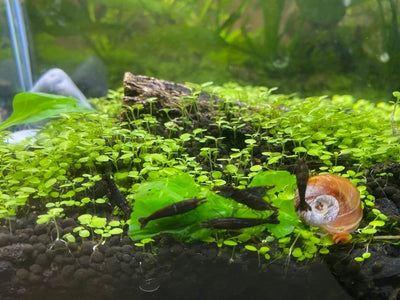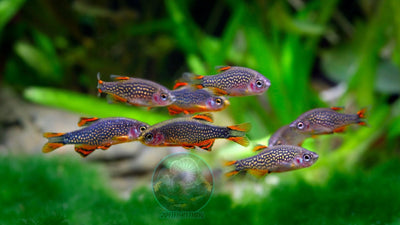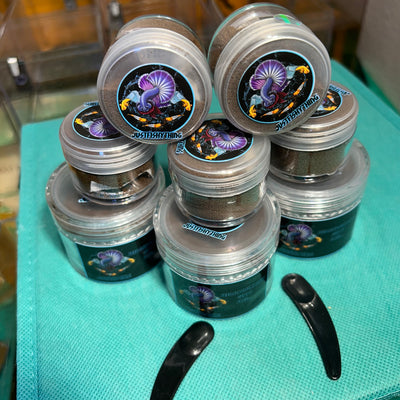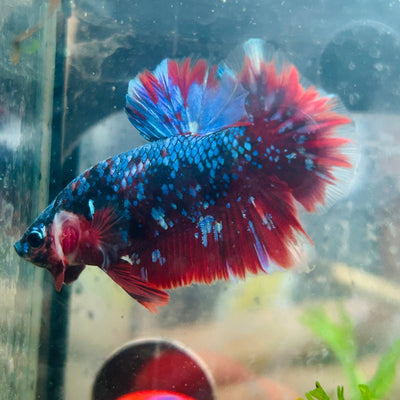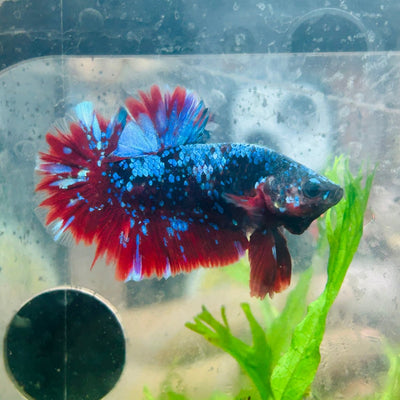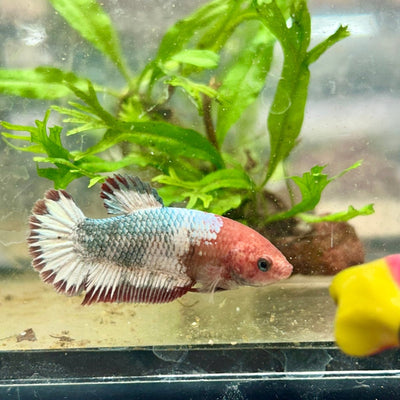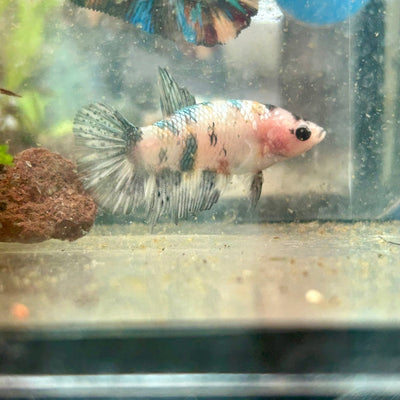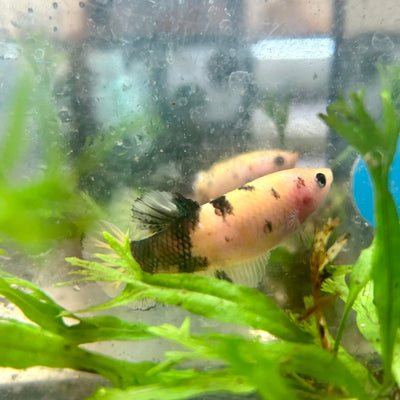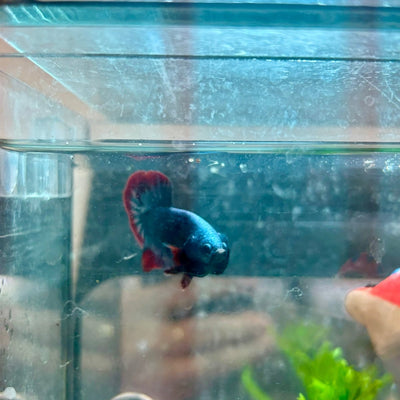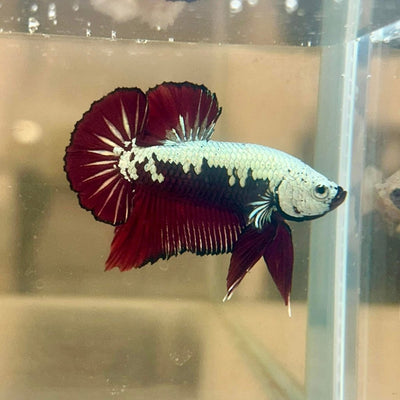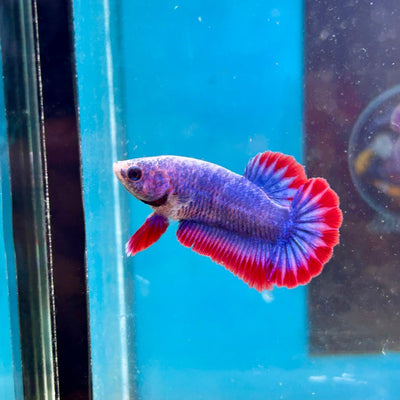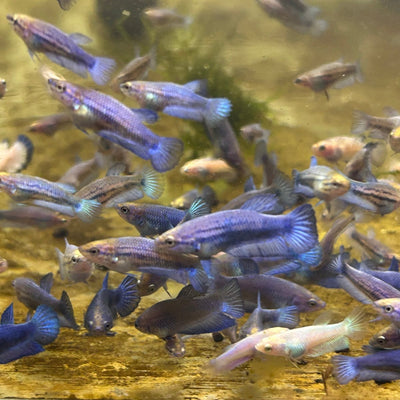Envío de tarifa plana $14,99, ¡llegada en vivo garantizada!
Construye un hábitat nano tanque completo a partir de nuestras colecciones
We started offer Live Fish Shipping in 2022
0+
Happy Customers
0+
Orders Delivered
0
Orders with DOA
0/5
Satisfaction Rating
ANUNCIO : 10 % DE DESCUENTO en pedidos superiores a $100
SUBTÍTULO
Colección destacada
Calle central 301
Ciudad, País
Lunes a viernes, 8:30 a. m. a 10:30 p. m.
Sábado, 8:30 am - 10:30 pm
Domingo, 8:30 a. m. a 10:30 p. m.





